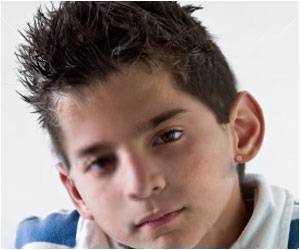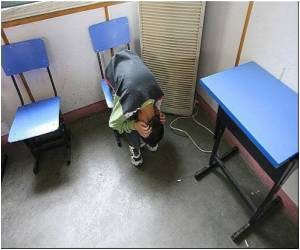
Some children with autism have a small deletion on chromosome 16, affecting 27 genes, so scientists at Cold Spring Harbor Laboratory in New York tried to alter mice so they would have the same genetic mutation.
"The idea that this deletion might be causing autism was exciting," said professor Alea Mills, co-author of the study that appears in the Proceedings of the National Academy of Sciences.
"So we asked whether clipping out the same set of genes in mice would have any effect."
It turned out that the altered mice showed behaviors similar to those seen in autistic people -- hyperactivity, trouble sleeping, repetitive movements and difficulty adapting to new environments.
"Mice with the deletion acted completely different from normal mice," said co-author Guy Horev.
Advertisement
By closely examining the mice brains with MRI scans, researchers have been able to identify which regions are altered in the autistic mice.
Advertisement
Children who have autism, a range of disorders linked to abnormal brain chemistry, are typically diagnosed by age three. Boys are three to four times more likely to have autism than girls.
Source-AFP









